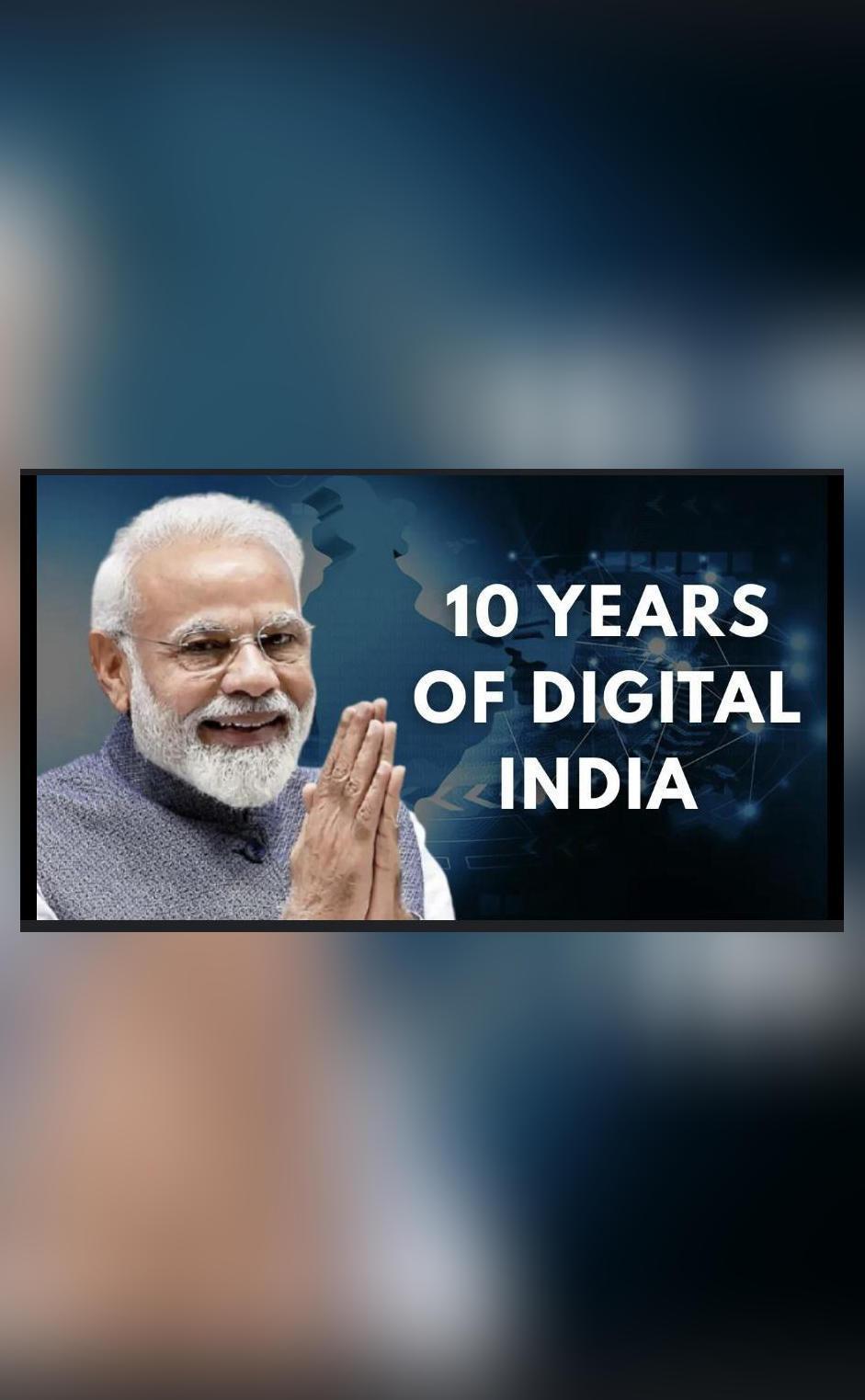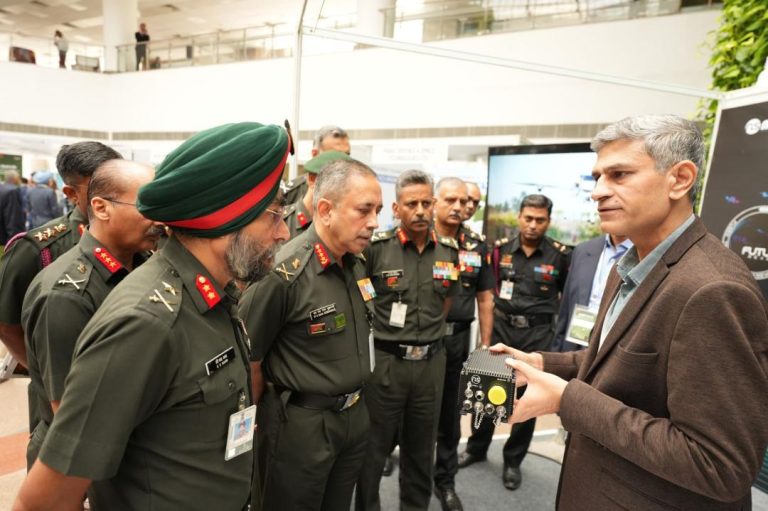
10 years of Digital India: Milestones in tech, health & education
On July 1, 2015, Prime Minister Narendra Modi launched the Digital India initiative, aiming to transform India into a digitally empowered society. Ten years on, the program has made significant strides in various sectors, including education, healthcare, MSMEs, and artificial intelligence. In a recent celebration, PM Modi highlighted the progress made and emphasized the importance of a humanity-first approach to technology.
Education: A Digital Leap
One of the primary goals of Digital India was to bridge the digital divide in education. The initiative has led to the development of various educational platforms, including the National Digital Library of India, which provides access to over 50 million e-books and 100,000 educational resources. The program has also enabled the creation of digital classrooms, online courses, and degree programs, making education more accessible and inclusive.
In addition, the government has launched initiatives like the National Education Network (NEN) and the e-Pathshala platform, which provide educational resources and online courses to students, teachers, and institutions. These platforms have helped to increase digital literacy, improve student engagement, and enhance the overall quality of education.
Healthcare: Digital Health Revolution
The Digital India initiative has also made significant strides in the healthcare sector. The government has launched various initiatives, including the Ayushman Bharat Digital Mission, which aims to create a comprehensive digital health ecosystem. The mission includes the creation of a unique health ID for every citizen, a digital health records system, and a telemedicine platform.
The initiative has also enabled the development of various digital health applications, including the Ayushman Bharat Health Insurance Scheme, which provides health insurance coverage to millions of low-income families. The program has also promoted the use of artificial intelligence and machine learning in healthcare, enabling early diagnosis, precise treatment, and improved patient outcomes.
MSMEs: Empowering Local Sellers
The Digital India initiative has also focused on empowering Micro, Small, and Medium Enterprises (MSMEs) by providing them with digital platforms and tools. The government has launched initiatives like the Open Network for Digital Commerce (ONDC) and the Government e-Marketplace (GeM), which enable MSMEs to sell their products and services online.
ONDC is a decentralized platform that allows MSMEs to sell their products and services to a wider audience, while GeM is a B2B e-commerce platform that enables MSMEs to sell their products to government departments and institutions. These platforms have helped to increase the visibility and reach of MSMEs, enabling them to compete with larger corporations.
AI: A Humanity-First Approach
The Digital India initiative has also emphasized the importance of artificial intelligence (AI) in various sectors, including healthcare, education, and MSMEs. The government has launched initiatives like the $1.2 billion AI Mission, which aims to promote the development and adoption of AI in India.
The mission includes the creation of AI-powered platforms and applications, as well as the development of a skilled workforce in AI and data science. The program has also emphasized the importance of a humanity-first approach to AI, ensuring that AI development is done in a responsible and ethical manner.
Startup Ecosystem: Thriving
The Digital India initiative has also enabled the growth of India’s startup ecosystem. The government has launched initiatives like the Startup India program, which provides funding, mentorship, and incubation support to startups. The program has also enabled the creation of startup hubs and accelerators, which provide support to entrepreneurs and startups.
In addition, the government has launched initiatives like the Atal Innovation Mission, which provides funding and support to startups and entrepreneurs. The program has also enabled the creation of innovation centers and incubators, which provide support to startups and entrepreneurs.
GPU Access: Affordable and Accessible
The Digital India initiative has also made significant strides in providing affordable and accessible GPU (Graphics Processing Unit) access. The government has launched initiatives like the GPU Computing Platform, which provides affordable and accessible GPU computing power to researchers, developers, and entrepreneurs.
The platform includes the creation of GPU-powered data centers and cloud computing platforms, which provide access to GPU computing power to a wider audience. The program has also enabled the development of AI-powered applications and platforms, which rely on GPU computing power.
Conclusion
The Digital India initiative has made significant strides in various sectors, including education, healthcare, MSMEs, and AI. The program has enabled the development of various digital platforms and applications, which have transformed India into a digitally empowered society. As the program celebrates its 10-year anniversary, it is essential to continue emphasizing the importance of a humanity-first approach to technology, ensuring that digital development is done in a responsible and ethical manner.
News Source:






